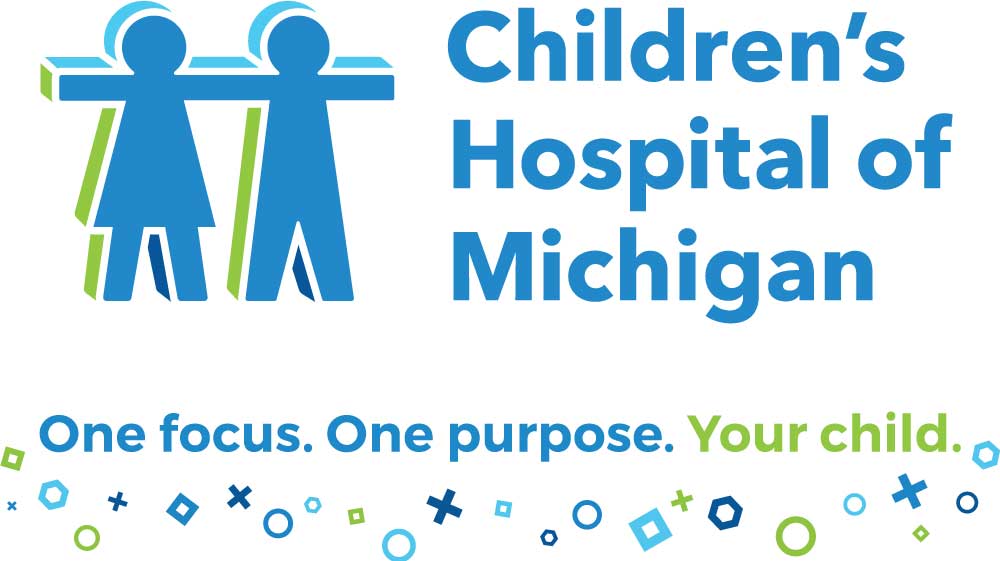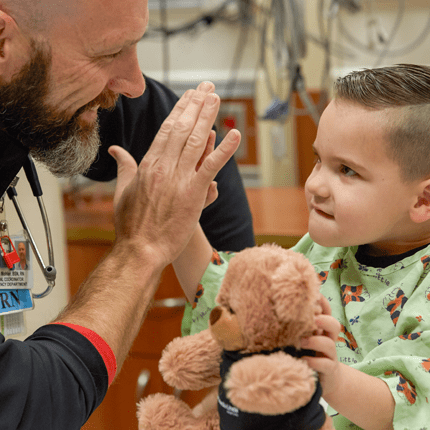Groundbreaking Book Offers ‘New Hope’ for Teens with Heart Health Issues
A veteran team of pediatric researchers on staff at Children’s Hospital of Michigan, part of the Detroit Medical Center, and the Wayne State University School of Medicine have come up with some surprising insights that offer new hope for teenagers who struggle with chest-pain.
Contained in a recently published book, “Adolescent Cardiac Issues”, those insights are based on earlier research that found that only 6.5 percent of chest-pain patients referred to pediatric heart specialists by the nation’s 57,000 pediatricians each year actually struggle with potentially dangerous congenital heart disease.
“I think the good news in our book is that the vast majority of adolescents with chest pain are not experiencing heart pain, and their symptoms have nothing to do with the heart,” said Richard Humes, M.D., the chief pediatric cardiologist at the Children’s Hospital of Michigan and a 34-year veteran physician specializing in heart care for children.”As the research in our book shows, most chest pain is simply musculoskeletal pain of one kind or another. Nonetheless, they [teenagers with chest-pain symptoms] quite often get sent to the cardiologist [by referring pediatricians].
“Our findings are very hopeful in this regard, and they are directed toward the pediatricians who are referring these (adolescent) patients to cardiologists. In essence, we’re telling them that a lot of these cases are a lot simpler than they think.”
Based on several years of research by the Children’s Hospital of Michigan and Wayne State University team, “Adolescent Cardiac Issues” also has the potential to help reduce the soaring cost of U.S. health care, Dr. Humes said. The savings would result mainly from reducing the number of expensive cardiac tests given to children who complain of chest pain.
“There’s no doubt that sending adolescents for test after test after test is contributing to the increasing cost of care,” said Dr. Humes, noting that health care costs now account for about 17 percent of the annual Gross Domestic Product of the United States.
“I think the take-home message from our book is clear,” said Dr. Humes, who recently received a Lifetime Achievement Award from the American Heart Association for his nearly three and a half decades of service as a pediatric cardiologist. “What we’re telling the pediatricians is that most of the cardiac symptoms they’re seeing in adolescents (children 11 to 18 years old) are benign, and they don’t have to refer so many of those patients to us (heart specialists). We also help define those signs and symptoms that should be referred.
“This book is a very practical guide for pediatricians, and our hope is also that it will spare parents and kids some of the anxiety that often accompanies the concern about a possible heart problem.”
Describing the new book as “an important contribution” to pediatric cardiac studies, Children’s Hospital of Michigan Pediatrician-in-Chief and Wayne State University Chair of Pediatrics Steven E. Lipshultz, M.D., said that it also serves as “a very encouraging example of the vital importance of clinical research in achieving the best possible care for pediatric patients.
“The Children’s Hospital of Michigan is a regional and national leader in pediatric health care research,” said Dr. Lipshultz, who last April made headlines by publishing a study in the Journal of the American College of Cardiology showing that a surprisingly high percentage of children with once-dreaded dilated cardiomyopathy are able to regain their health and live normal lives, after appropriate medical care. “For all of us at the Children’s Hospital of Michigan, clinical research goes hand in hand with excellent care and education – and all three are absolutely essential in delivering world-class health care for kids.”
Five of the 13 chapters in the new book were written by pediatric heart specialists affiliated with the Children’s Hospital of Michigan and the Wayne State University School of Medicine, as follows:
Pooja Gupta M.D. also a co-editor, outlined strategies for helping adolescents cope with congenital heart disease in the chapter titled “Caring for a Teen with Congenital Heart Disease.”
Preetha Balakrishnan, M.D., explored the relationship between obesity and premature cardiovascular disease in the chapter “Identification of Obesity and Cardiovascular Risk Factors in Childhood and Adolescence.”
James Galas, M.D.., discussed helpful approaches to identifying cardiac diseases in adolescent athletes in “Sports Participation During Teenage Years.”
Heather Sowinksi, D.O., and Peter Karpawich, M.D., assessed techniques aimed at effective management of Attention Deficit Hyperactivity Disorder in adolescents in their chapter, “Management of a Hyperactive Teen and Cardiac Safety.”
Harinder Singh, M.D. analyzed clinical strategies for helping adolescents with abnormal electrocardiograms but without symptoms of heart disease or disorder in “The Asymptomatic Teenager with an Abnormal Electrocardiogram.”



